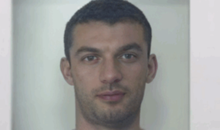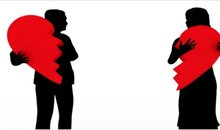
 Flash News
Flash News
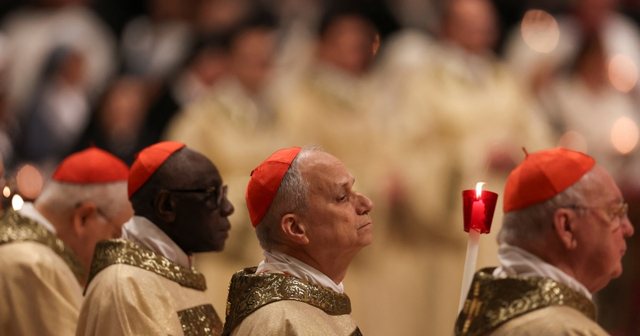
Following the death of Pope Francis, as the Vatican announced on Monday, Roman Catholics around the world will begin to speculate on which of the red-robed cardinals will succeed him.
Given the nature of the cardinal appointments that Francis has made during his papacy, there will undoubtedly be expectations that the Argentine pope's successor will be another non-European, and that, like Francis, he will be another progressive, the opposite of the conservative wing of the church.
However - the process of electing a pope, which will begin after Francis is buried - is extremely secretive and nothing will be certain until white smoke rises from the Sistine Chapel chimney to show the world that a new pope has been chosen.
The Vatican announced that Francis will be buried on Saturday at 10:00 a.m.
Cardinals are the pope's closest associates, heading important departments in the Vatican and dioceses around the world. When a pope dies or resigns, cardinals under the age of 80 gather in a secret council to elect from among their ranks the new head of the nearly 1.4 billion-member Roman Catholic Church.
The complicated vote will show whether the current cardinals, most of whom were appointed by Francis, believe that his embrace of liberal social values and his progressive reform agenda have gone too far, and whether a period of moderation is necessary.
The cardinals will set the date for the start of the secret council once they begin arriving in Rome in the coming days.
Only the pope can appoint cardinals, and the kind of men he chooses can leave their mark on the church long after his leadership – because of their status as senior clerics and because any of them could become pope.
As of April 21, there are a total of 252 cardinals, 135 of them cardinal voters under the age of 80, according to data released by the Vatican. 108 of the voters were appointed by Francis, 22 by his predecessor Benedict and five by John Paul II.
Cardinals are "created" in ceremonies called consistories, where they are given a ring, a red biretta – a square hat – and swear allegiance to the pope, even if it means shedding blood or sacrificing their lives, as the color red symbolizes.
Pope Francis held 10 consistories, and with each one, he increased the likelihood that his successor would be another non-European, as he strengthened the church in countries where it is either a small minority or where it is growing faster than in the largely stagnant West.
For many centuries, the majority of cardinals were Italian, except for a period when the papacy was based in Avignon between 1309 and 1377, when many were French.
The internationalization of the College of Cardinals began in earnest under Pope Paul VI (1963–1978). It was greatly accelerated by Pope John Paul II (1978–2005), a Pole who was the first non-Italian pope in 455 years.
While Europe still has the largest share of voting cardinals, with about 39 percent, that is down from 52 percent in 2013 when Francis became the first pope from Latin America. The second-largest group of voters is from Asia and Oceania, with about 20 percent.
Francis appointed more than 20 cardinals from countries that had never had a cardinal before, almost all from developing countries such as Rwanda, Cape Verde, Tonga, Myanmar, Mongolia and South Sudan, or countries with very few Catholics such as Sweden.
In some cases, he deliberately bypassed vacancies in major European cities that traditionally had cardinals, to emphasize that the church could not be so Europe-centric.
In other countries, such as the United States, he bypassed dioceses like Los Angeles and San Francisco, apparently because they had conservative archbishops.
Robert McElroy, archbishop of Washington since March, is seen as a progressive and vocal ally of Francis' priestly approach to social issues, such as environmental protection and a more welcoming approach to LGBTQ Catholics.
The more cardinals a pope appoints during his leadership, the greater the likelihood that his successor will be someone who shares similar views on church and social issues.
However, this is not always the case, as cardinals may elect a person theologically different from his predecessor, but who is considered the most suitable candidate for internal ecclesiastical reasons or for the historical time when his appointment is made.
Pope Benedict was chosen to succeed Pope John Paul II largely because he had worked with him for two decades and the cardinals wanted continuity.
But many of the same cardinals felt that an "outsider" was needed to succeed Benedict, who resigned in 2013 after the "Vatileaks" scandal revealed a dysfunctional internal administration, largely led by senior Italian clerics.
At the same time, many cardinals clearly felt that the future of Catholicism lay beyond aging Europe, so they elected Jorge Mario Bergoglio of Argentina as their pope – the first non-European pope in nearly 13 centuries.
Although cardinals who have reached the age of 80 cannot enter the secret council, they can still influence its outcome. They are allowed to participate in meetings called General Congregations that take place on the eve of the beginning of the secret council, and where a profile of the qualities that the next pope should possess is formed./ REL
Latest news


Two vehicles collide on the Elbasan-Peqin axis, drivers injured
2025-07-05 19:26:29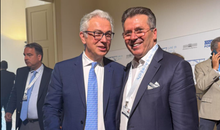

What does Zelenskyy have more than Zegjineja?
2025-07-05 18:45:26

Fiscal peace, but at a cost
2025-07-05 18:00:10
'Bankers' tax evasion, Chinese CEO and former director jailed
2025-07-05 17:39:21
Kyle Walker joins English club on two-year deal
2025-07-05 17:20:24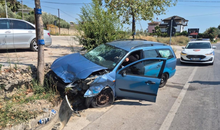
Two cars collide on the Saranda-Delvina axis, 4 injured
2025-07-05 17:05:29
Touching gesture! Liverpool will pay Jota's family's salary until 2027
2025-07-05 16:45:18
The zodiac signs that cheat most often
2025-07-05 16:25:53
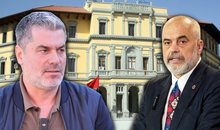
"I asked for the dismissals", Dredha tries to soften Rama's 'blow' in Vlora
2025-07-05 15:48:49
Bomb threat in Parliament, prosecutor: It was a lie
2025-07-05 15:22:28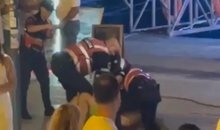
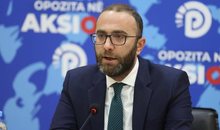
Bardhi: The recount revealed how greedy Zeqine Balluku is in stealing
2025-07-05 14:44:29
Knife wound on the secondary road Tirana-Durrës, perpetrator sought
2025-07-05 14:37:54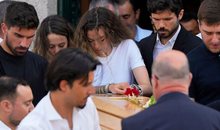
Tears and pain, Diogo Jota is escorted to his final home
2025-07-05 14:21:34
Success starts with yourself! Simple ways to invest in personal development
2025-07-05 13:58:50
Unlicensed firearms found in apartment, 50-year-old arrested in Lushnje
2025-07-05 13:43:11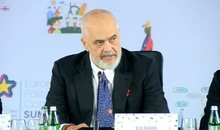

Tirana Court remands Skerdi Sina to prison
2025-07-05 12:59:34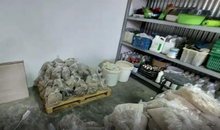
Cocaine laboratory in Greece, here are the Albanians arrested and wanted
2025-07-05 12:40:16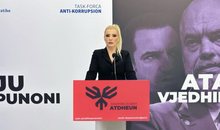
Directed Justice/Vangjeli: SPAK does not investigate any scandal involving Rama
2025-07-05 12:22:03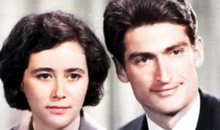
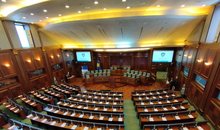
Bomb alert, Police remove MPs and media from Kosovo Parliament building
2025-07-05 11:48:16
"The will of the people" and the irony of ordered resignations
2025-07-05 11:32:05
Summer drowning risk: How to enjoy the water without risking your life
2025-07-05 11:20:27
Fire situation in the country, 16 fires reported in 24 hours, 4 still active
2025-07-05 11:07:04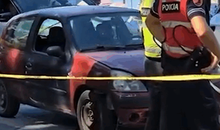
Car hits pedestrian at white lines, injured in serious condition in Vlora
2025-07-05 10:59:58
Mosquito-borne diseases are a growing problem in Europe
2025-07-05 10:44:13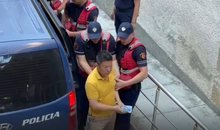



One of Sweden's most dangerous and wanted criminals arrested in Turkey
2025-07-05 09:38:29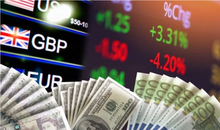
Foreign exchange/ How much foreign currencies are bought and sold today
2025-07-05 09:18:38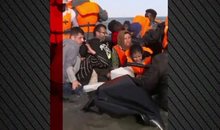

"Don't be influenced by the opinions of others", today's horoscope
2025-07-05 08:40:50

Morning Post/ In 2 lines: What mattered yesterday in Albania
2025-07-05 08:02:07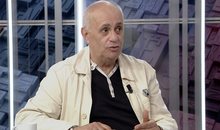
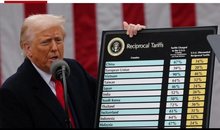
Trump says he's ready to raise tariffs to 70% on some countries
2025-07-04 22:35:52
Tre shenjat e zodiakut që do ‘pasurohen’ në Korrik
2025-07-04 22:05:09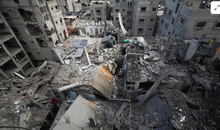
Gaza War: Hamas Accepts US Proposal for 60-Day Ceasefire
2025-07-04 21:50:10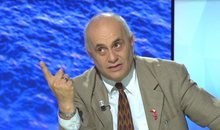
Autocracy in Albania, Fuga: Governance has gotten out of control
2025-07-04 21:40:51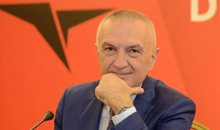
Meta: Agriculture on credit, the new fraud!
2025-07-04 21:26:39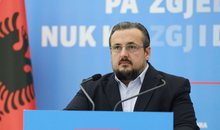
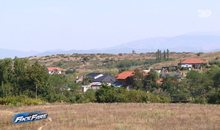
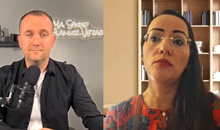
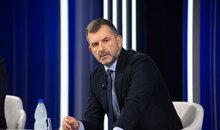

Vote recount in Durrës ends without changes
2025-07-04 20:12:54
Gas station explodes in Rome, 25 injured (VIDEO)
2025-07-04 20:00:20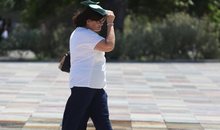

These afternoon habits often sabotage weight loss
2025-07-04 19:39:28
Former Arsenal player Thomas Partey accused of rape
2025-07-04 19:24:21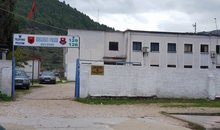
Shepherd disappears without a trace in Delvina
2025-07-04 19:14:31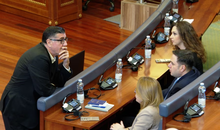
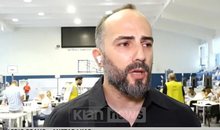
Bardho gave Zegjine's mandate/Braho: Unfair! It violates the electoral system
2025-07-04 19:01:08
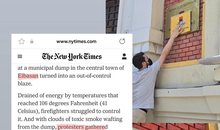
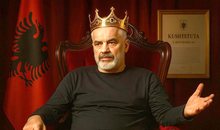
Rapid developments in the Sultanates!
2025-07-04 18:00:06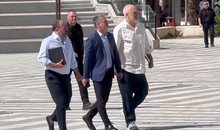
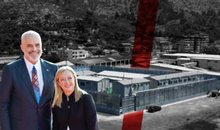


Italy tightens rules for skateboard traffic
2025-07-04 17:20:18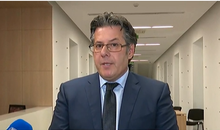

Unusual for the time, dense fog covers the coast of Vlora
2025-07-04 16:48:01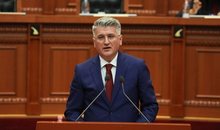
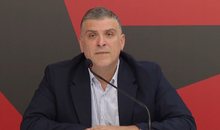
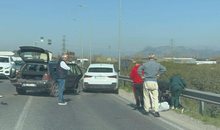
Accident on the Shkodra-Lezhë axis, one dead and 3 injured
2025-07-04 16:14:19
Albania with fewer requests for asylum and Albanian citizenship in 2024
2025-07-04 16:06:57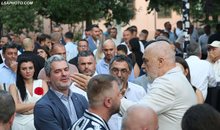

Albania last for quality of life, DP: Technical government is the solution!
2025-07-04 15:42:30
Nico Williams says "No" to Barcelona, signs with Athletic Club until 2035
2025-07-04 15:33:35
Fires in the country, four fires are still active, what is the situation?
2025-07-04 15:24:20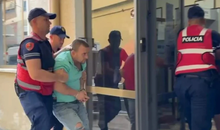

Summer brings big changes for these 4 zodiac signs
2025-07-04 15:00:04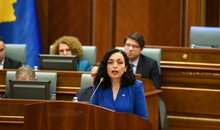
Osmani: MPs need to agree to a secret ballot for the Speaker of Parliament
2025-07-04 14:51:09
Serious accident on the Peqin-Elbasan axis, two injured
2025-07-04 14:37:56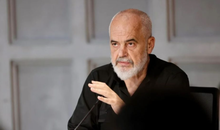
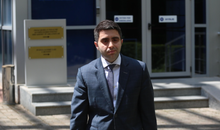
GJKKO leaves in force the security measure for the head of the KPP
2025-07-04 13:58:17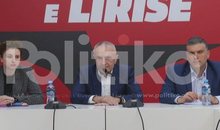
Who will replace Ilir Meta and take over the leadership of the PL?
2025-07-04 13:50:36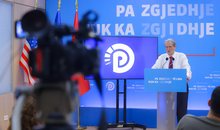
Berisha: Dismissal of directors in Vlora, another act of 'scapegoats'
2025-07-04 13:41:46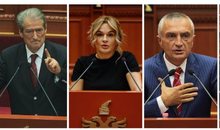
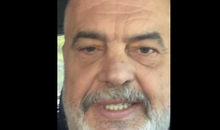
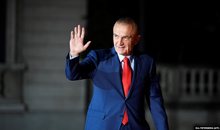
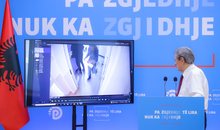

Librazhd/ In a serious psychological state, the young man consumes pesticides
2025-07-04 13:05:07
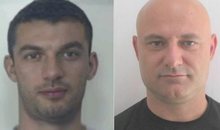
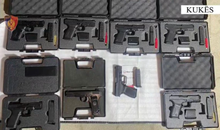
Weapons trafficked from Kosovo to Albania, two arrested, 8 pistols seized
2025-07-04 12:33:28
Konsumimi i tepërt i çokollatës, ja cilat janë dëmet që shkakton në organizëm
2025-07-04 12:23:35

Fires in the country, 21 fires in the last 24 hours, 4 still active
2025-07-04 12:00:19
WB calls for debt transparency: Albania to publish details of every loan
2025-07-04 11:50:05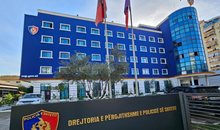
Changes in the State Police, new names expected to lead 5 police stations
2025-07-04 11:40:06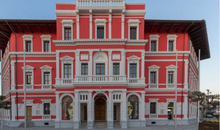
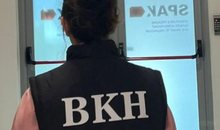
The race for the head of the BKH, the third phase on July 11
2025-07-04 11:20:23